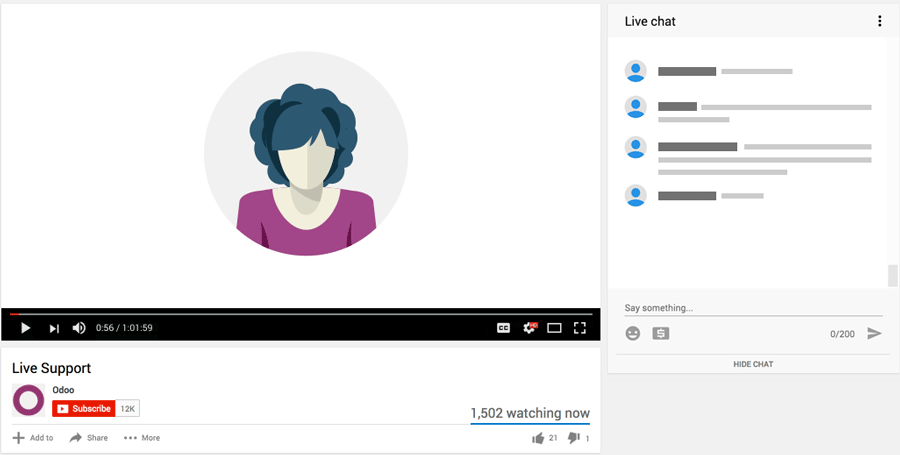Dear Odoo Community,
We are currently implementing a CRM (and potentially a Helpdesk) for one of our clients. Security is a key requirement, so we are setting up development, staging, and production environments.
I’m happy to share that we've successfully created our first project in Odoo SH, made the first commits to the repository, and everything is running smoothly. I must say, Odoo SH is a powerful tool and I truly appreciate how it streamlines deployment and environment management so far.
That said, I do have a question regarding best practices for promoting changes across environments:
- The GitHub repository linked to Odoo SH only tracks the files in the repo. As far as I understand, standard Odoo apps are installed and stored in the database rather than being tracked in GitHub.
- When I install new apps, change system settings, or make configuration updates in staging, I would like these changes to be properly promoted to the production branch.
- Additionally, our client plans to use Odoo Studio to add custom fields and make small adjustments in staging or dev. We also want to ensure those Studio changes are safely moved to production.
What is the correct way to handle this in Odoo SH? Are there recommended workflows or resources that explain how to properly promote database-level changes and Odoo Studio customizations across environments?
Any guidance, references, or shared experiences would be greatly appreciated.
Thanks in advance
